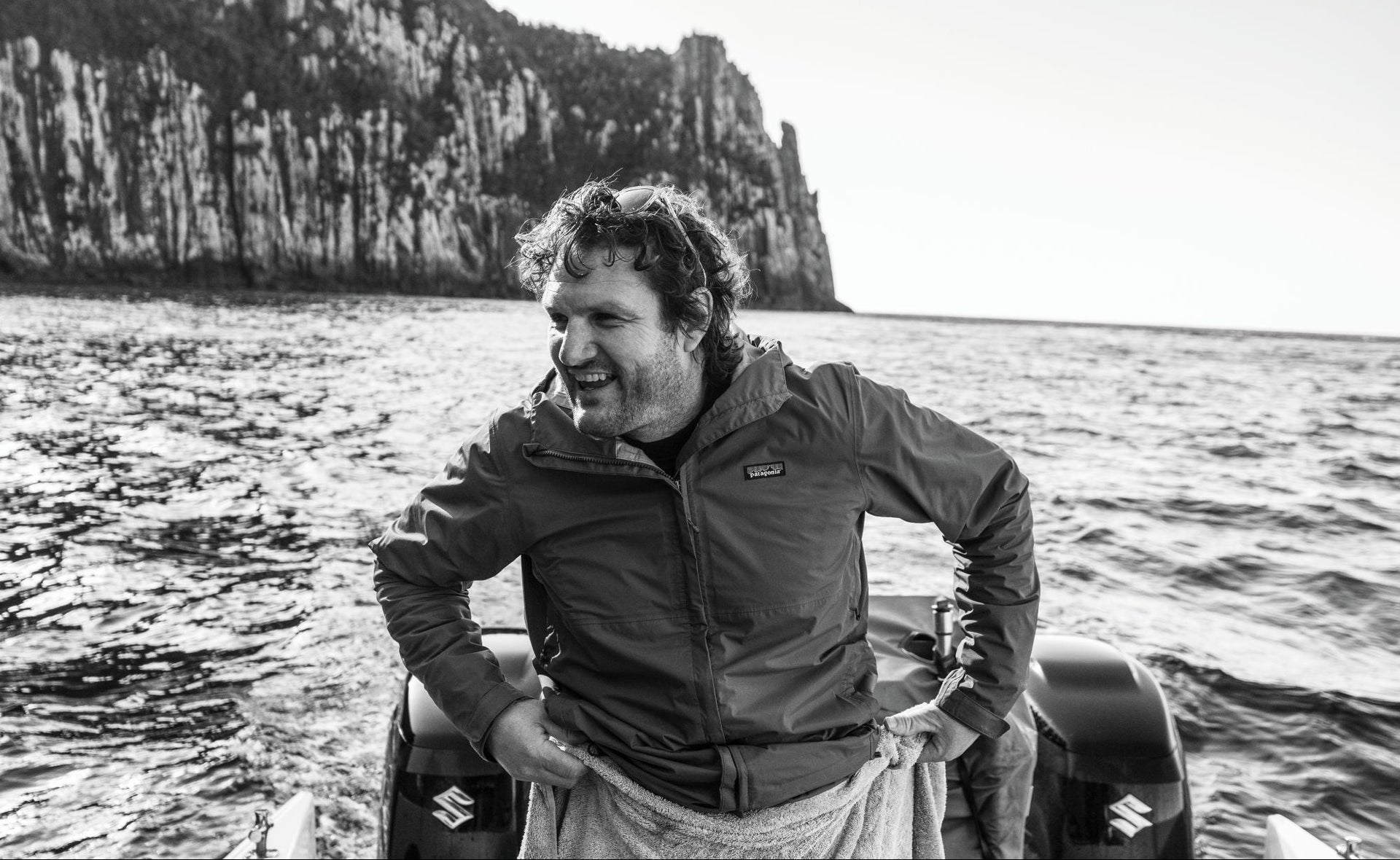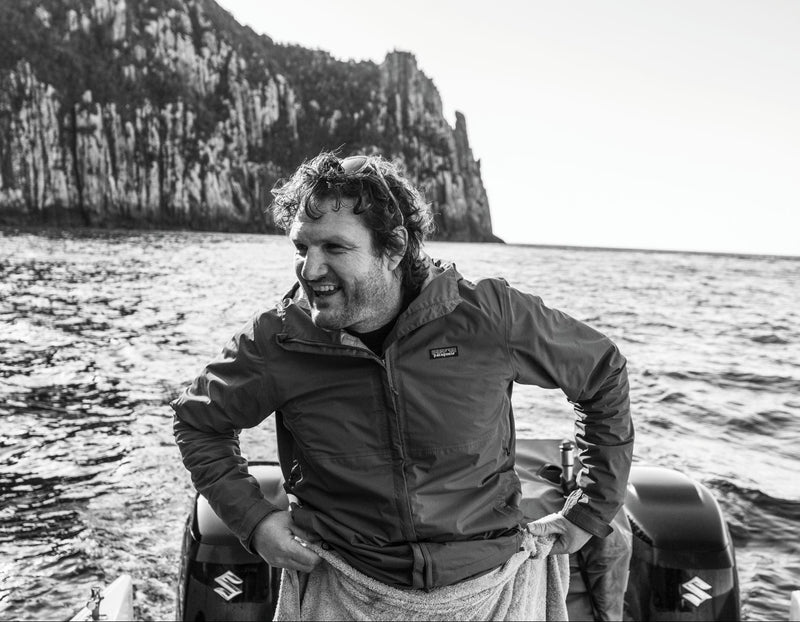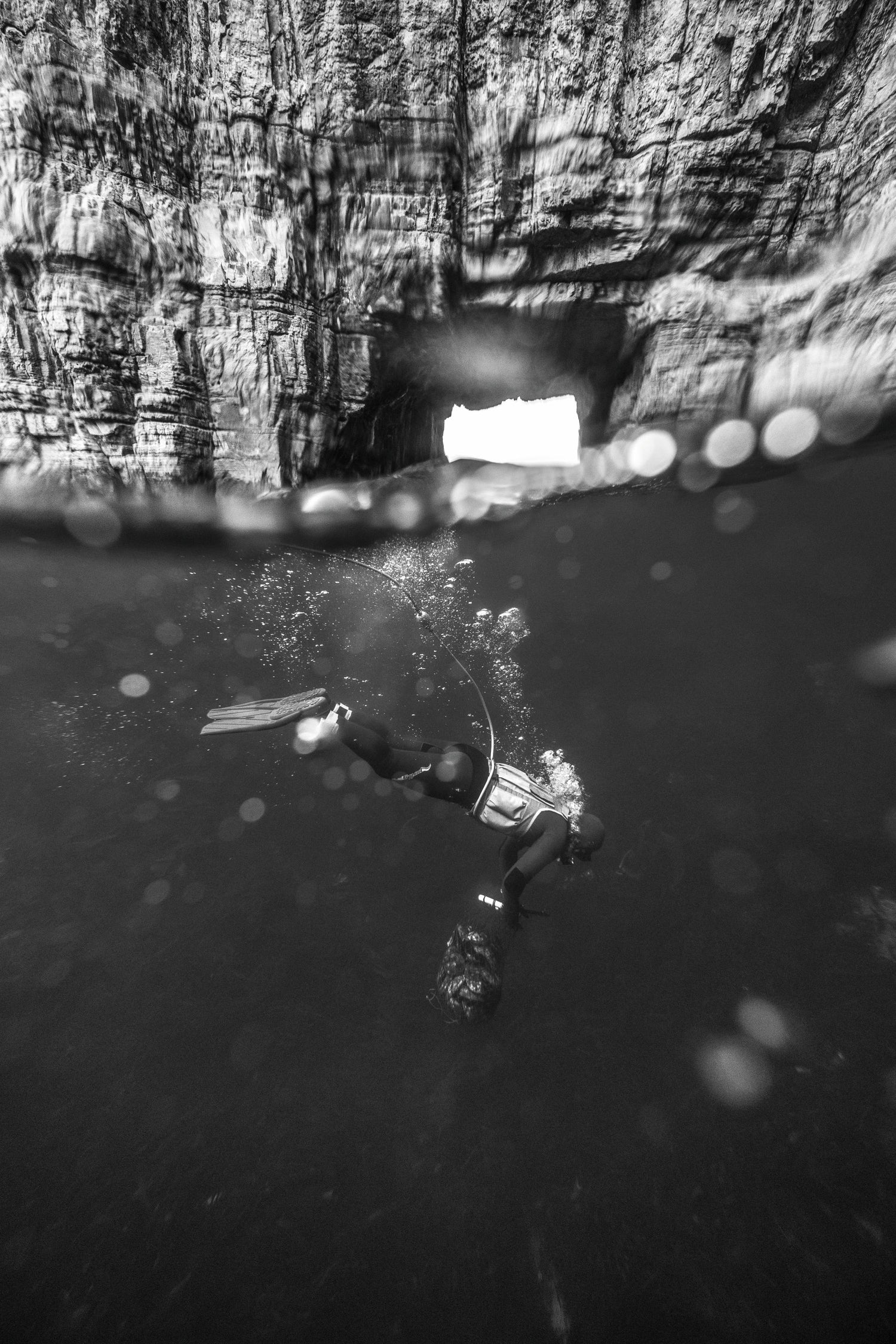What comes to mind when you think of the term ‘climate refugees’?
Maybe it’s the fate of island nations like the Maldives, Indonesia, Tuvalu, or Tonga, disappearing below rising seas. Maybe it’s thousands of people displaced by devastating droughts on the Horn of Africa. For Australians, the idea once seemed to belong far over the horizon. It was happening to other people, not us. But what about the people of Lismore, who’ve survived two of the worst floods on record in the space of a month? What do they do now?
In the NSW Northern Rivers town of Lismore, in 152 years of flood records, there’ve been 13 floods which have peaked over 11 metres. Three of the worst of those floods, however, have happened in the past five years. In 2017, the worst flood in 42 years put Lismore in the national headlines as the town disappeared underwater. Only five years later it happened again.
Earlier this year, on the night of February 27, Lismore residents were woken by rapidly rising floodwaters. The flood would peak at 14.4 metres and become the worst flood on record, more than two metres higher than the previous high-water mark. Then just three weeks later, another 11.4-metre flood hit the still-reeling community and washed away any residual doubt they were experiencing the life-altering effects of climate change. These recurring disasters have killed people, livestock, and pets, destroyed hundreds of homes and businesses, displaced thousands of people and made many of the 27,000 people who call Lismore home some of Australia’s first climate refugees.
There was a lot of rain in the weeks leading up to February 27, but the flood arrived largely unannounced. Floodwaters had already knocked out power and phone infrastructure, so thousands of people never received State Emergency Service text messages warning of rising waters and later, advising evacuation. The people of Lismore went to bed that night believing this flood was nothing to worry about.
The February flood was two metres higher than predicted hundred-year flood levels.
If they were lucky, they woke up to neighbours calling out and banging on windows to check if they’d been evacuated already. Some people woke up with wet feet in pitch darkness. It was still raining, so there was no moonlight. The streetlights were out. There was no ambient light at all, just rising floodwaters, occasional torch beams and shouts for help filling the night.
The February flood was two metres higher than predicted hundred-year flood levels. One Lismore local explained it to me like this: “In 2017, the flood was shin-high on the ground floor of my Mum’s place. This one was chest-high upstairs and came in the dark of night.” A friend of a friend sat in her living room, calmly reading a bedtime story to her kids who sat on chairs, legs crossed so their pyjamas as the rising water rushed into their Mullumbimby home. They waited as long as they could before kayaking to the local RSL, which by then had become a refuge centre.
Desperate pleas for help started filtering out through social media. At first, it was calls for anyone with a boat, jet ski or kayak to launch it anywhere near Lismore or Mullumbimby. People were missing. Families with young children and babies were stuck on rooves for hours. Main Arm and Upper Wilsons Creek communities in the hills behind Mullumbimby were completely cut off from the outside world after a kilometre-long landslide reshaped the valley. They remained disconnected for more than a week.
While anyone with a boat went house-to-house rescuing whoever was still stranded, people began wondering what the government was doing to help. For close to a week, they did little. A state of emergency wasn’t declared for nine days. Meanwhile, Mullumbimby and Lismore’s floodwaters flowed downstream to small river towns like Woodburn, Coraki, and Broadwater to name a few. People kept saying they’d heard the Australian Defence Force was due to arrive any day. An initial deployment of 60 soldiers – for the entire Northern Rivers region – followed by another 140-odd a week later was grossly inadequate. Those affected by the floods were incensed. It was like they didn’t matter.
 A summer of floods following a summer of bushfires has highlighted Australia's vulnerability to climate change. Photo Andy Summons
A summer of floods following a summer of bushfires has highlighted Australia's vulnerability to climate change. Photo Andy Summons
In their absence, the “Mud Army” swung into action. The void created by the government’s lack of response was filled immediately and unconditionally by the Northern Rivers community. I ended up in the mud after a mate, Simon – a local surfboard shaper – messaged me and said his clean-up crew had a spare seat heading out to Lismore. It may not sound like much, but the same thing was happening with thousands of mates across the Northern Rivers to the point where the still mud-covered streets of Lismore and other flood-devastated towns were soon lined on both sides by volunteers’ as they got stuck into the monumental clean-up.
Before they had to ask, people affected by the floods were rescued, fed, and sheltered by their community. People relied on the kindness of strangers to drag their mud-covered possessions into the street so they could begin scrubbing every inch of their house.
I wondered what the hell I was doing there – a writer with a shovel. I looked around my clean-up crew and saw a surfboard shaper, an aged care worker, a barista, a chairmaker and a graphic designer. I spoke to people who’d come from Sydney, Coffs Harbour, Brisbane and even Melbourne. What the hell were any of us doing there? Where was the coordinated government response from trained disaster response professionals?
I couldn’t wrap my head around the scale of destruction. Every house on every street in North and South Lismore spewed its mud-covered contents into the street. Every household had to clean and scrub, strip back and rebuild. The clean-up process was functional chaos. We arrived at houses not knowing if anyone was there, or if they had power or water. Some people wanted everything gone as quickly as possible. Others wanted to go through each item and decide whether it was worth trying to save.
 The silver lining to the floods and the lack of government help was "The Mud Army" – a community response to a natural disaster the likes of which Australia has never seen. Photo Andy Summons
The silver lining to the floods and the lack of government help was "The Mud Army" – a community response to a natural disaster the likes of which Australia has never seen. Photo Andy Summons
The first step was clearing a path from the house to the street so all the big stuff – whitegoods, furniture, rugs, carpets, mattresses – could be hauled out of the way. Then it was onto the smaller things – side tables, lamps, clothing, books, kids’ toys, and clothing. Then the incremental cleaning process could begin. Scrubbing and hosing mud out of every room, plasterboard walls pulled out, tradies called to come and check the electricals. It went on and on and then another flood hit three weeks later. Many of the same houses went under again.
Once the waters finally receded and the initial clean-ups were done, the big question though was what next for the thousands of people displaced? How many more times can they survive, recover, and rebuild? What are the people of Lismore and other flood-prone areas supposed to do as floods become more frequent and severe as the climate crisis worsens? Most people in flood-affected areas can’t afford insurance because it’s now far too expensive to be practically affordable. So, what are they supposed to do? Sell up and move? Where? And who’s going to buy a flooded home in a flood-prone area?
Lismore is already on the move and making decisions for a future living with worsening climate change, but what about when there are more Lismores, right around the country?
On May 2, Lismore Council released a discussion paper identifying options for how they could rebuild Lismore. Some options include advocating for a state and federal government-funded land swap, improving flood mitigation measures to protect the CBD, creating new medium density zoning for strategically located flood-free sites, building a new commercial precinct on higher ground in East Lismore, affordable housing in future planning and fast-tracking infrastructure for new land releases outside of flood-affected areas. Lismore is already on the move and making decisions for a future living with worsening climate change, but what about when there are more Lismores, right around the country?
While the local and community response to the Lismore floods has been empowering, the wider response from those in power has been disappointing at best… and woefully incompetent at worst. In the weeks following the first flood, the guy in charge of the federal government’s Disaster Relief Fund, Shane Stone told the press, “You’ve got people who want to live among the gum trees – what do you think is going to happen? Their house falls in the river, and they say it’s the government’s fault.” This was the same government – since voted out at the federal election – regarded globally as a climate pariah, continuing to promote the supercharged development of fossil fuels.
After months of recovering and rebuilding their lives and homes, what do the people of Lismore and other flood-affected towns expect? They expect their government to acknowledge that climate change is causing an increase in these kinds of disasters and to take meaningful action to mitigate their effects. They expect the government to first acknowledge – and then support – climate refugees in Australia. A country that lives amongst the gum trees expects its leaders to be there for them, both now and in the future.
People affected by the floods still need help. There are months of work, repairs, and heartache ahead for thousands of people. If you’re in a position to help, please support those who desperately need it.












